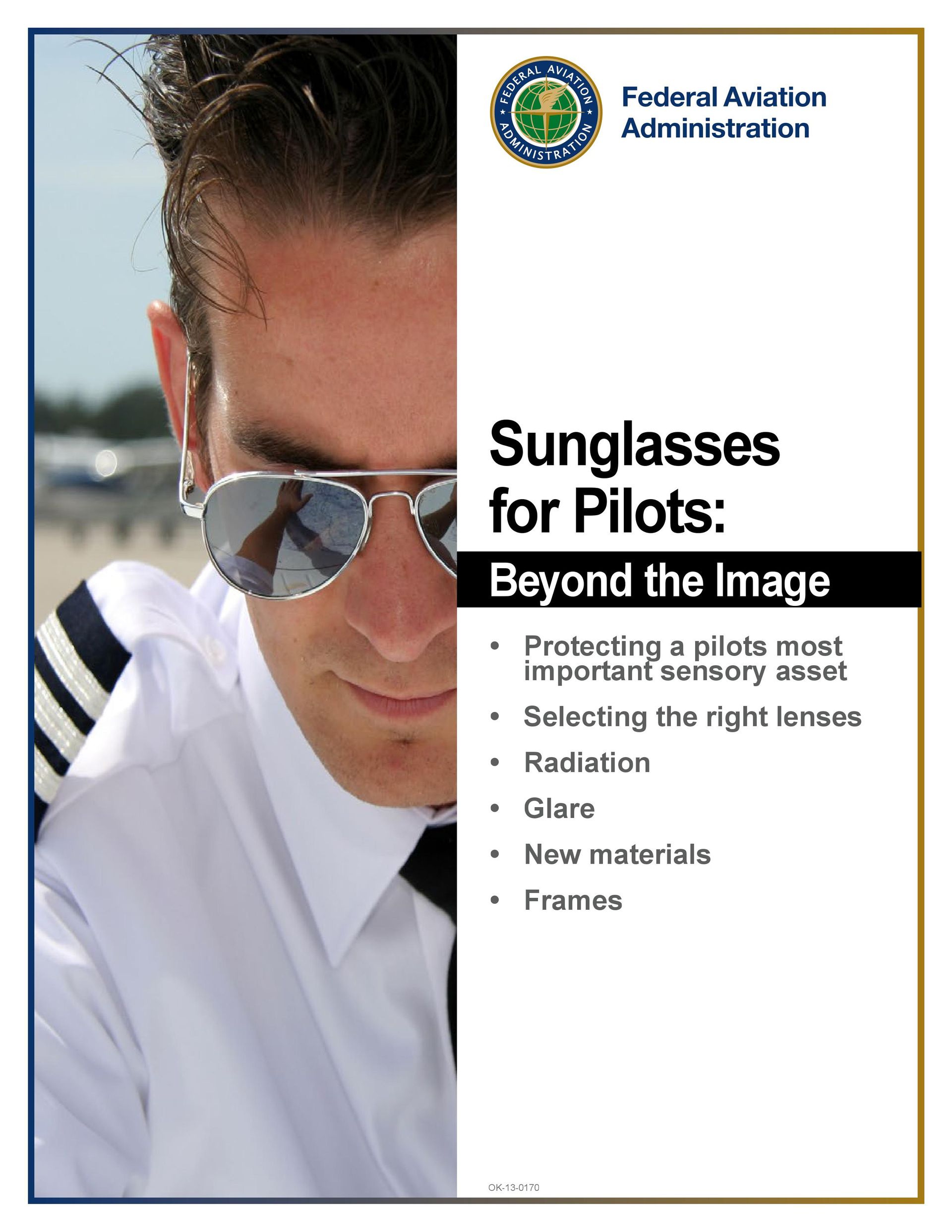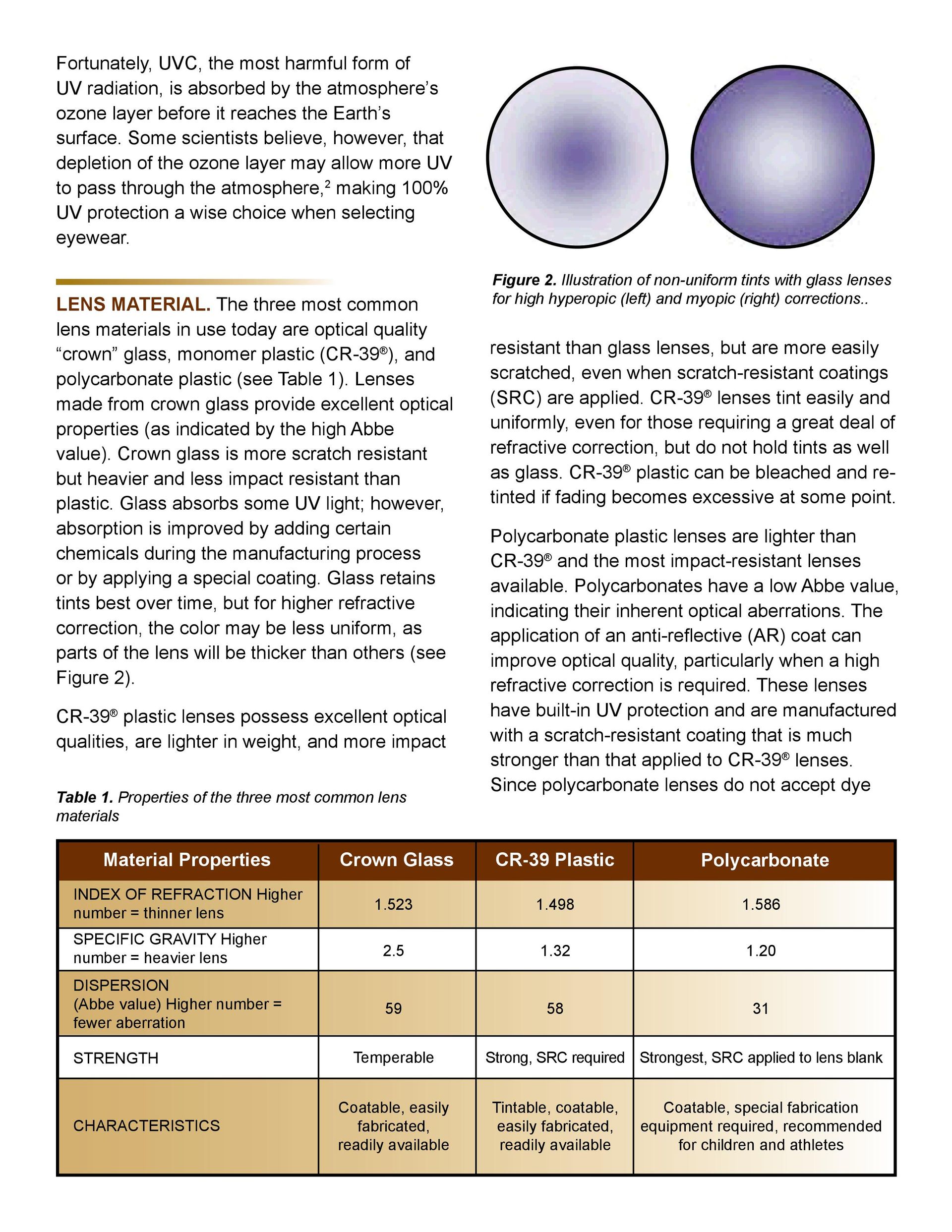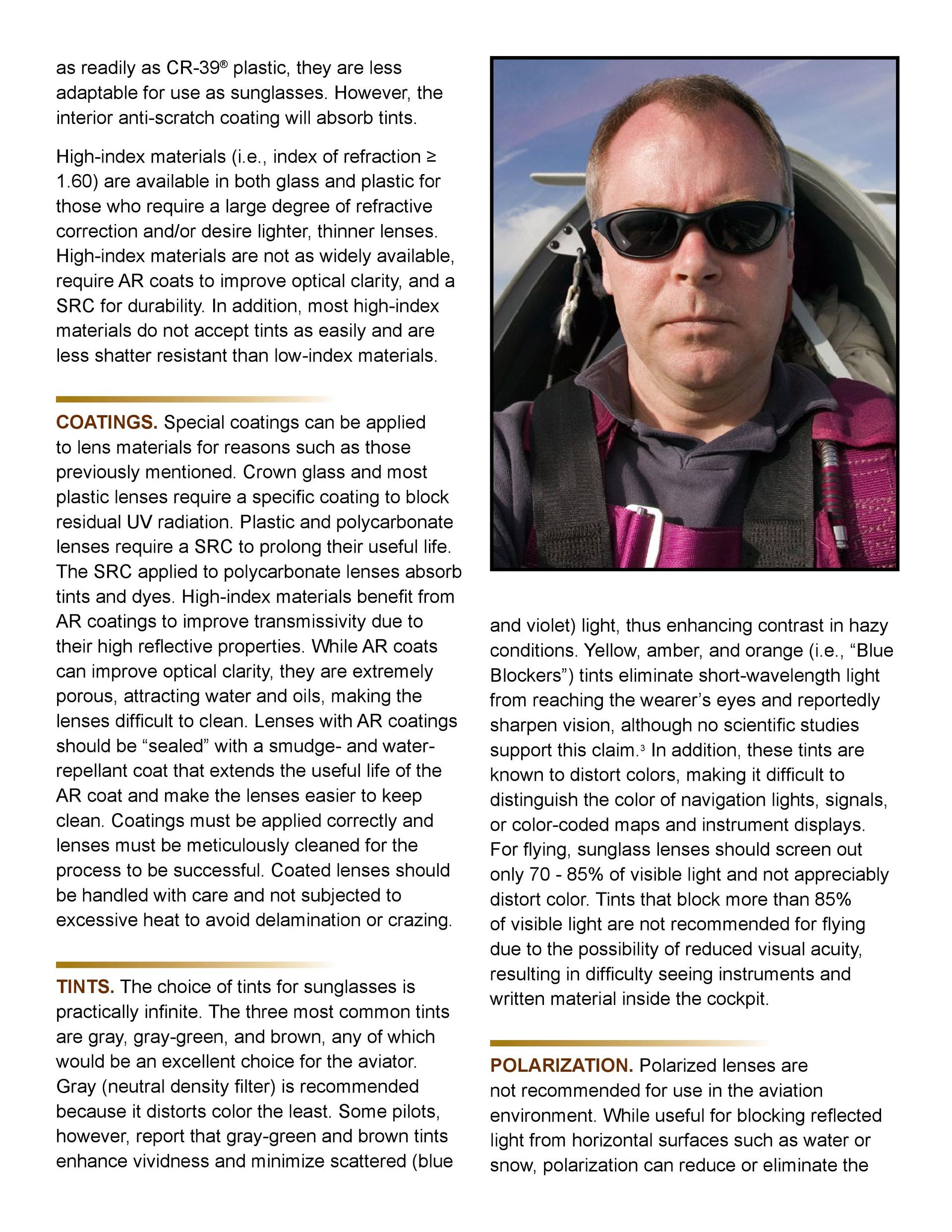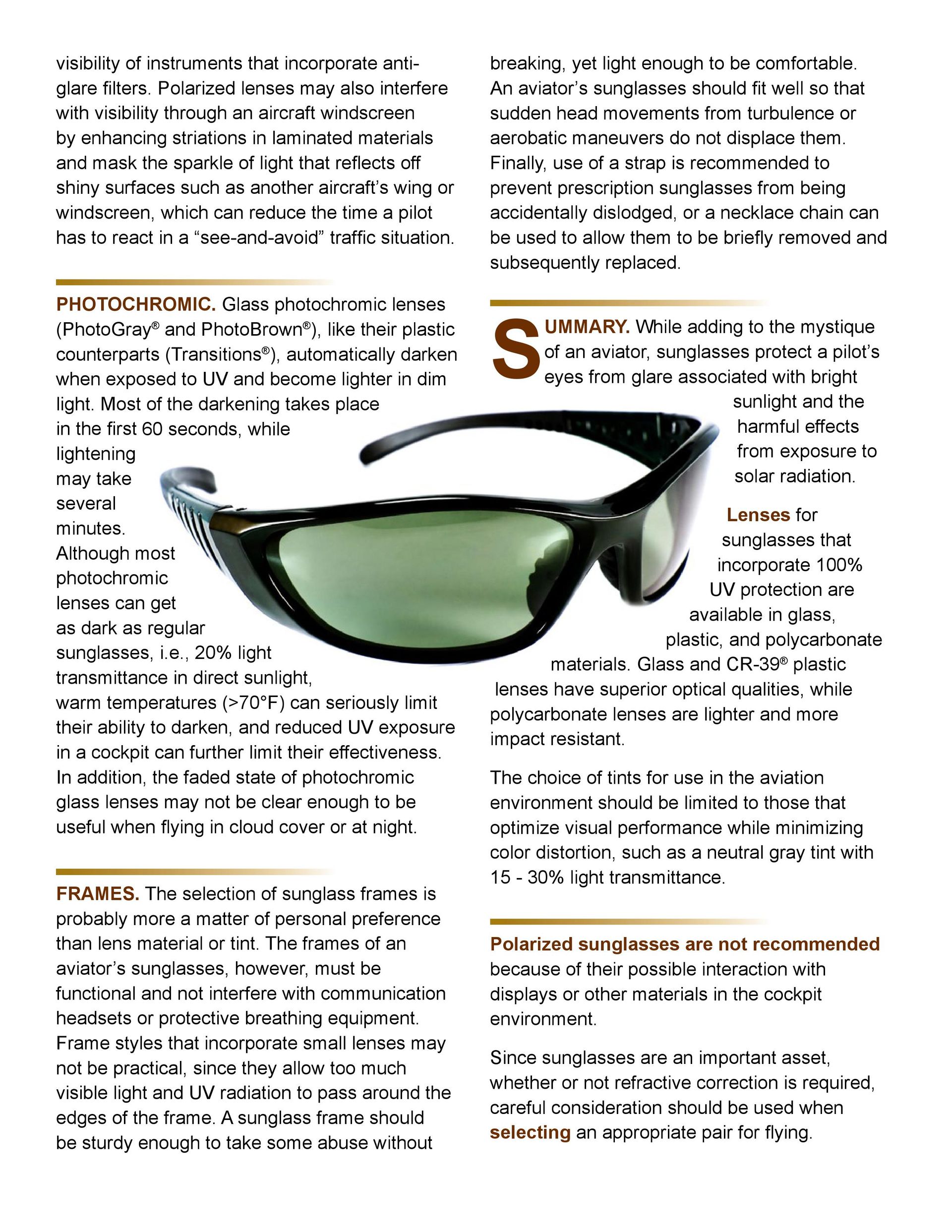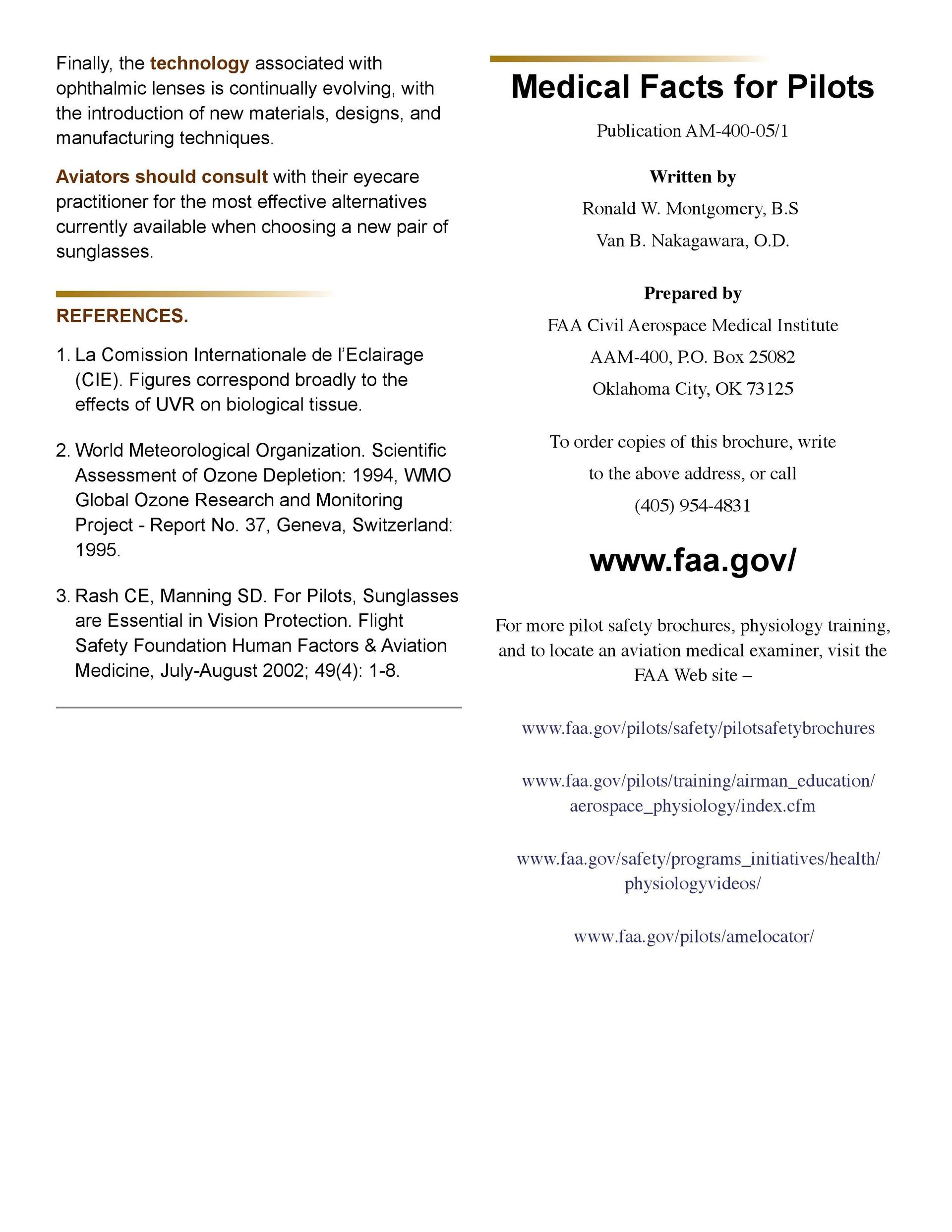Sunglasses for Pilots: Beyond the Image
- By Bruce Holden
- •
- 07 Nov, 2016
- •
POLARIZATION. Polarized lenses are not recommended for use in the aviation environment. While useful for blocking reflected light from horizontal surfaces such as water or snow, polarization can reduce or eliminate the visibility of instruments that incorporate anti-glare filters. Polarized lenses may also interfere with visibility through an aircraft windscreen by enhancing striations in laminated materials and mask the sparkle of light (glint) that reflects off shiny surfaces such as another aircraft’s wing or windscreen, which can reduce the time a pilot has to react in a “see-and-avoid” traffic situation.
FRAMES. The selection of sunglass frames is probably more a matter of personal preference than lens material or tint. The frames of an aviator’s sunglasses, however, must be functional and not interfere with communication headsets or protective breathing equipment. Frame styles that incorporate small lenses may not be practical, since they allow too much visible light and UV radiation to pass around the edges of the frame. A sunglass frame should be sturdy enough to take some abuse without breaking, yet light enough to be comfortable. An aviator’s sunglasses should fit well so that sudden head movements from turbulence or aerobatic maneuvers do not displace them. Finally, use of a strap is recommended to prevent prescription sunglasses from being accidentally dislodged, or a necklace chain can be used to allow them to be briefly removed and subsequently replaced.
